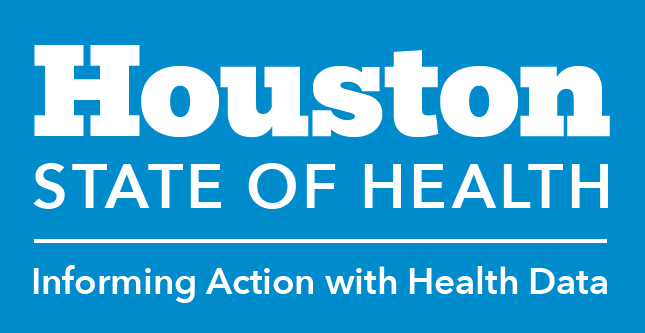Staying Alive Drug Overdose Prevention and Response Program
An Evidence-Based Practice
Description
Baltimore City Health Department's Staying Alive Program is an overdose prevention and training program aimed at increasing the likelihood of drug users appropriately responding to an overdose situation with the intended effect of reducing mortality associated with opiate use. The program trains drug users to identify the signs of an opiate/heroin overdose and administer rescue breathing and naloxone, a drug which can reverse an opiate overdose in progress.
Targeted to drug users, the program focuses on training this group how to prevent and respond to opiate overdose using techniques including "mouth-to-mouth resuscitation and administration of naloxone." The program recruited participants from "street-based outreach and advertising at the BCHD Needle Exchange programme locations," and provided multiple hours of education in several places so that they could attend the workshops easily. This program also used a unique curriculum that contains information about opiate risk factors, signs and symptoms of the drug overdose, and ways to prevent overdose. In addition, the program taught the participants many skills including "intramuscular injection of naloxone" and simple rescue techniques. At the end of the program, participants who successfully learned the usage of naloxone would receive a naloxone kit along with injection equipment and refills of the medicine.
Finally, Staying Alive provides drug users with information and access to substance abuse treatmnt and other services.
Targeted to drug users, the program focuses on training this group how to prevent and respond to opiate overdose using techniques including "mouth-to-mouth resuscitation and administration of naloxone." The program recruited participants from "street-based outreach and advertising at the BCHD Needle Exchange programme locations," and provided multiple hours of education in several places so that they could attend the workshops easily. This program also used a unique curriculum that contains information about opiate risk factors, signs and symptoms of the drug overdose, and ways to prevent overdose. In addition, the program taught the participants many skills including "intramuscular injection of naloxone" and simple rescue techniques. At the end of the program, participants who successfully learned the usage of naloxone would receive a naloxone kit along with injection equipment and refills of the medicine.
Finally, Staying Alive provides drug users with information and access to substance abuse treatmnt and other services.
Goal / Mission
The goals of the Staying Alive program are to teach drug users about how to recognize opiate overdose signs and symptoms, how to respond to any overdose cases by calling 911, and how to use rescue breathing and naloxone administration to reduce life-threatening drug overdose.
Impact
Staying Alive reduces mortality due to opiate and heroin drug overdose.
Results / Accomplishments
A study to evaluate the Staying Alive program measured knowledge about naloxone, self-reported comfort in dealing with overdoses, and self-reported responses to overdose situations among program participants before and after training. Quantitative increases regarding knowledge about naloxone were found after program participation compared to before: 46% of participants improved their knowledge about the risk of overdose relapse after revival with naloxone and 30% of participants improved their knowledge about the length of time naloxone is effective. Six months after the training, 25% of respondents reported that they would be comfortable in giving medical treatment to someone overdosing and fewer respondents reported fear of contracting disease or harming the individual. Among the 43 participants who reported having witnessed overdoses both before and after the training, administration of naloxone increased from 0% to 44% in overdose situations and post-training injections by 19 individuals led to 22 "reversals."
Staying Alive has taught more than 17,514 injection drug users, drug treatment clients and providers, prison inmates, and corrections officers to date, with 220 life saving reversals documented.
Staying Alive has taught more than 17,514 injection drug users, drug treatment clients and providers, prison inmates, and corrections officers to date, with 220 life saving reversals documented.
About this Promising Practice
Organization(s)
Baltimore City Health Department
Primary Contact
3000 Druid Park Dr
Baltimore, Maryland, MD 21215
(410) 396-3733
Baltimore, Maryland, MD 21215
(410) 396-3733
Topics
Health / Alcohol & Drug Use
Organization(s)
Baltimore City Health Department
Date of publication
2009
Date of implementation
2004
Geographic Type
Urban
Location
Baltimore, MD
For more details
Additional Audience
drug users
Submitted By
Joseph Silva, Xi Yang, Michael Young - UC Berkeley School of Public Health
